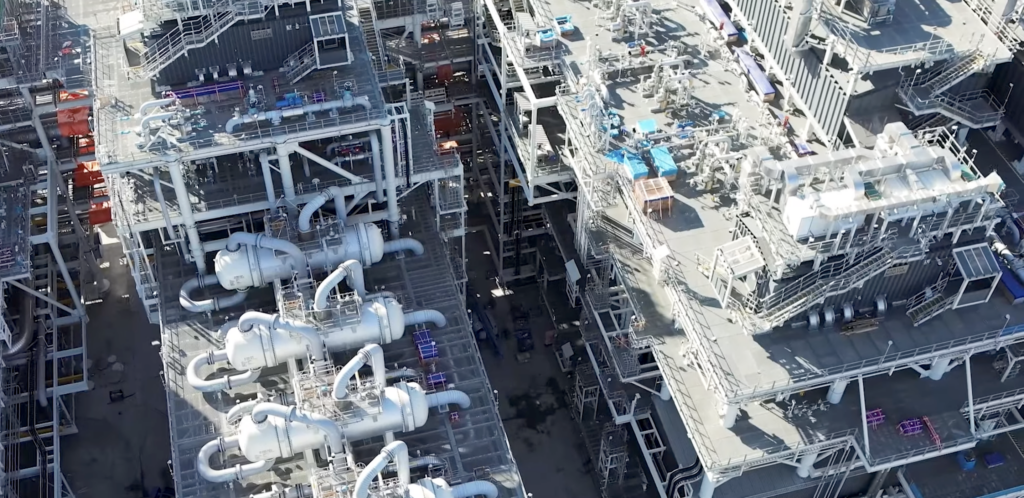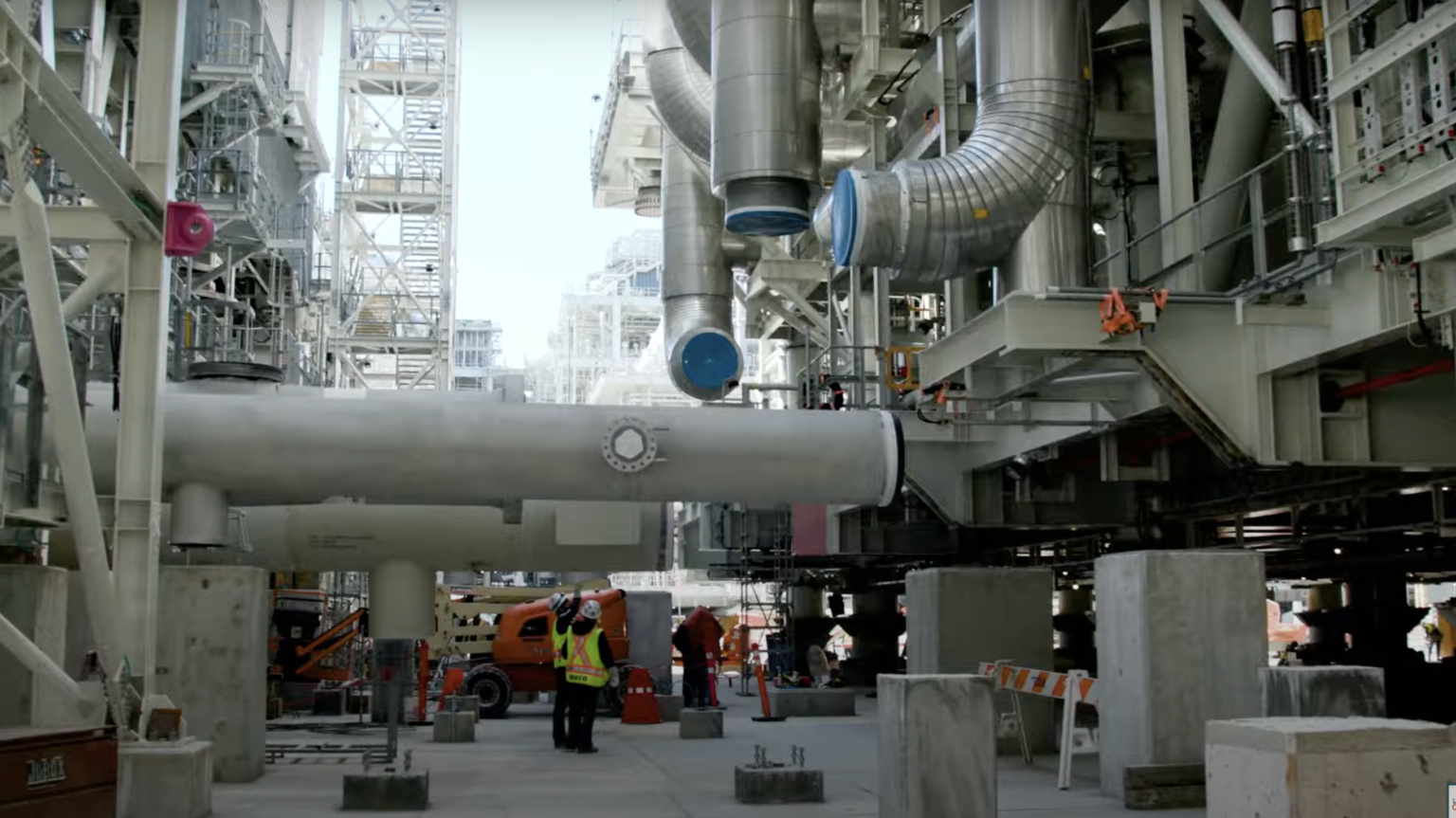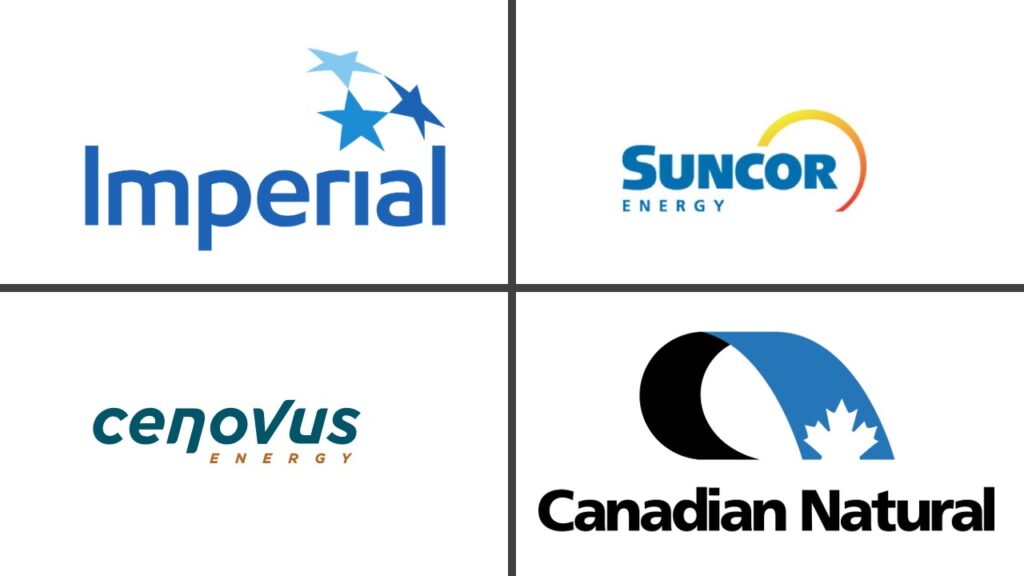The Canadian taxpayer is already betting billions on a supposed boom in liquified natural gas but is this a wise investment given how quickly renewable energy and battery storage are transforming the global economy? The answer is a resounding “no” according to a report released by the International Institute for Sustainable Development (IISD) that looked at shifting global markets and how Canada’s LNG industry could undermine our climate goals.
Canadians have been inundated with industry-funded ad campaigns — at least one determined to be misleading — claiming that LNG exports will reduce global carbon emissions while driving domestic economic growth. Governments are being lobbied to approve additional LNG infrastructure on the west coast, the east coast and even the Arctic. Two export terminals in BC are already approved and scheduled to come online by 2027 and an additional six proposed to be completed before 2030.
Yet Canada’s foray in the LNG industry may coincide with what many analysts believe will be a global price glut as massive new export facilities are completed in the U.S. and Qatar, both of which will have far lower production costs than Canada. Recent market analysis predicts a 40 percent increase in global LNG export capacity in the next five years, which, coupled with stagnating demand in Asia might lead to sharp declines in global prices, as happened during the last surge in LNG export capacity in 2017.
While previous LNG price crashes have been triggered by additional global supply, the wildcard in coming years is emerging technologies displacing global demand. Asian markets in particular have seen an explosion in carbon-free energy generation with China rolling out investments last year representing almost 60 percent of new renewable capacity worldwide. Chinese solar installations in 2023 totaled 217 GW — more than the entire existing solar capacity in the United States. Renewables coupled with battery storage are already displacing natural gas generation in California where grid scale battery capacity has increased 20-fold since 2018. Investments in solar generation currently eclipse all other electricity technologies combined.
“Recent market analysis shows that with lower renewables costs, LNG is becoming less competitive relative to those alternatives,” Steven Haig, policy analyst at IISD and author of their recent report told DeSmog. “Even major LNG producers like the United States are recognizing shifting global markets and are trying to mitigate the risk of future LNG expansion,” Haig said, citing a recent decision by the Biden administration to pause new export facilities not already approved by regulators.
The U.S. is already the largest exporter of natural gas, with six approved terminals on the Gulf Coast under construction that will increase American export capacity by 80 percent by 2028. The rationale for pausing additional proposed projects was concern that such a vast increase in LNG exports would undermine U.S. climate goals, further calling into question the argument that LNG is a low carbon or transition fuel.

Studies that add up largely unavoidable methane leaks during fracking, pipeline transport and shipping indicate LNG may in fact have a higher potential for global heating than burning coal. This is due to fact that methane is over 80 times more potent a greenhouse gas than CO2 over a timespan of 20 years. Methane emissions in Canada have been shown to be 50 to 90 percent higher than what has been self-reported by the fossil fuel industry according to studies flagged in the IISD report.
Haig points out the urgency of our climate crisis as another reason why Canada cannot pretend LNG is a credible way to reduce global emissions. “There’s simply no time to switch from coal to gas to renewables, and with renewable energy falling so sharply in cost, there’s much less of an economic rationale to do so as well.”
Their report also flags the lost opportunity cost of investing scarce resources in fossil fuel production rather than scaling up proven technologies to reduce emissions. The Site C dam project cost British Columbians $16 billion and was billed as a way to decarbonize BC LNG. Yet the vast electricity demands of just the first two LNG projects scheduled to come online by 2027 will consume 2.5 times the generating capacity of this contentious megaproject.
The long timelines and enormous capital costs associated with LNG projects make these investments vulnerable not only to plunging renewables costs displacing demand, but also new decarbonization policies from our trading partners. Is Canada at risk of being economically penalized for gas exports through emerging mechanisms like carbon border adjustments?
“That’s definitely true,” warned Haig. “Border adjustment mechanisms may put fossil fuel exports at a competitive disadvantage going forward. Canada needs to take note of policies that are developing in other jurisdictions and how this might influence LNG demands going forward.”
The Canadian public already has billions staked in this risky sector and Haig warns this is not the time to double down on additional capacity. “Over a billion federal Canadian dollars have already been used to support LNG Canada phase one. An additional $5.4 billion of financial support came from the BC government for LNG. And this leaves taxpayers exposed to the risk of stranded assets due to a forecasted decline in LNG demand.”
Given those diminishing odds, Canada should be cutting our losses on an already expensive LNG pipe dream and investing instead in the booming clean energy sector.
Subscribe to our newsletter
Stay up to date with DeSmog news and alerts






